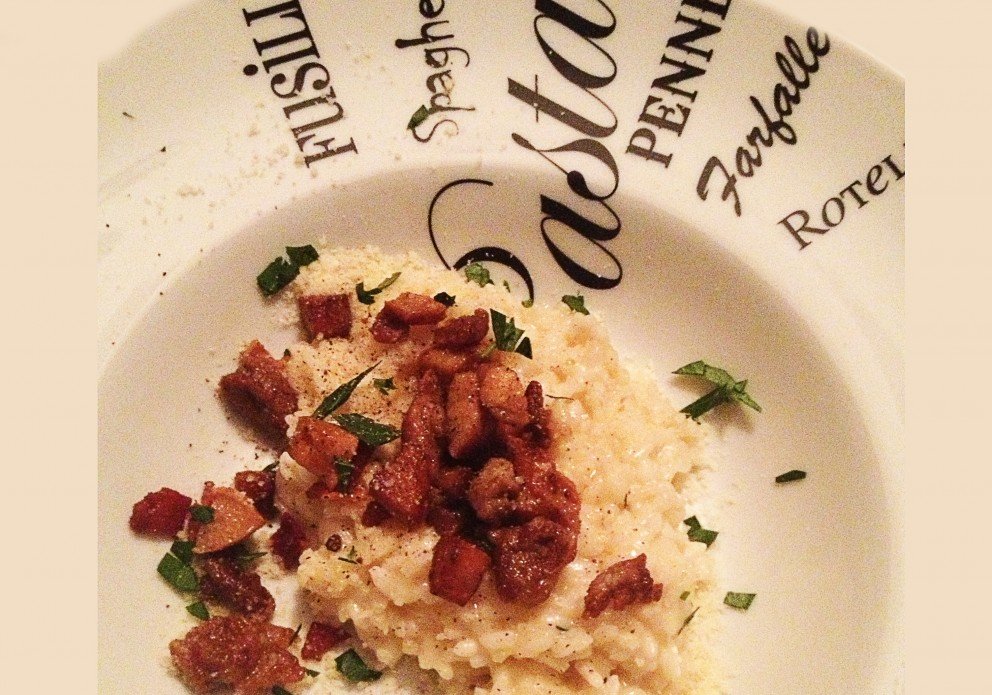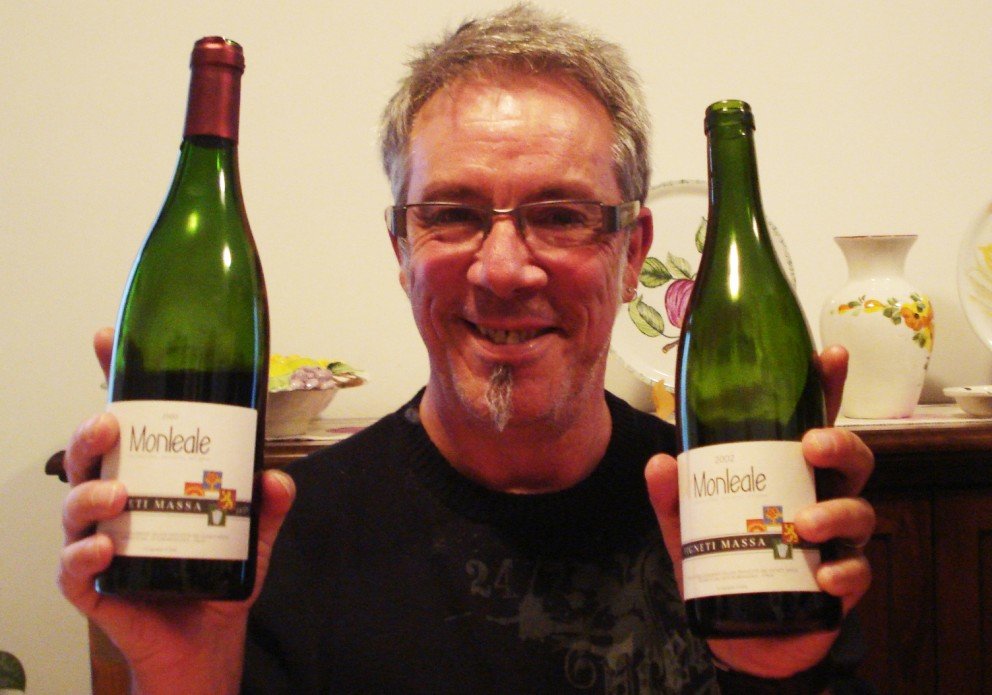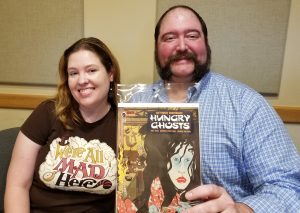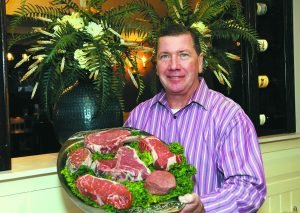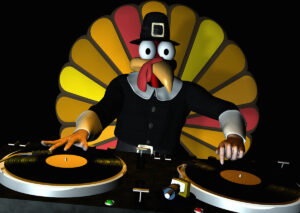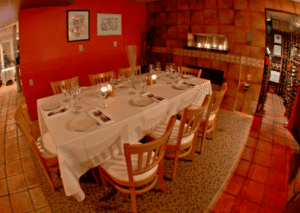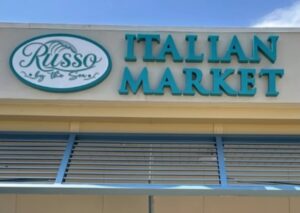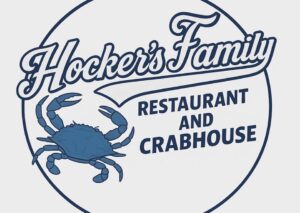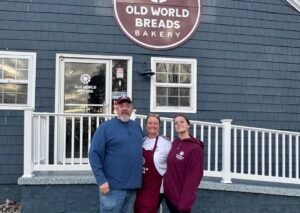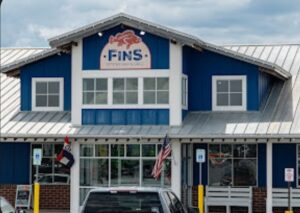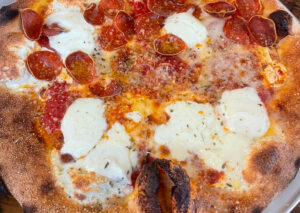Wine should be fun, and tests and grades remind me too much of being in school. So, being a foodie, a wino (in the kindest sense, of course) and a musician, my approach is practical: What blends best with what?
My feature here at Chasing the Grape is the Barbera, a fun-loving but elegant grape from the Piemonte Region of Northern Italy. Couldn't resist calling this one Barbera “Streisand.”
Fun facts about the Barbera varietal:
• The grape is historically referenced asearly as 663 AD.
• It was well-established in the 13th Century (Monferrato).
• The main sources are Piemonte, Italy and California, and is second only to Sangiovese as the most grown red grape in Italy.
• It's considered to be a daily drinker by the locals.
Barbera is by far one of my favorite wines. Young and vinified in steel, it hints of cran-raspberry, with a zippy acidity and a fruity punch. Chilled to 58 degrees, it can be thirst quenching on a hot summer night deckside or dockside. The Italians know that this daily drinker pairs great with bianco pizza topped with prosciutto, ricotta and arugula, drizzled with a quality olive oil. The oak barrel-aged Barbera will be a bit more intense, giving off cherry and lush plum flavors with hints of spice — especially vanilla. I love this with my Filthy Risotto (Pancetta, Italian Sausage and Pork) blended with earthy veggies like mushrooms.
There are some fantastic examples of this wine from d'Alba & d'Asti. But if you put in some effort to find one from Monferrato or Monleale, you'll enjoy a bit more personal touch from these boutique-style producers. This can make a big difference in quality. Don't believe the liquor store-clerk hype that Barbera doesn't age well. A quality Barbera ages quite well! Enough said!
In California: Amador and El Dorado Counties east of Sacramento (on the way to South Tahoe) seem to be the best growing areas in CA. The terroir (specific characteristics of the soil, genetics & climate) is very similar to the wine's sister county in Piemonte, Italy.
In 1982, 1,500 acres of the grape were planted in CA. Now, over 7,500 are thriving, mostly in the Sierra Foothills.
My favorite recipe for Filthy Risotto:
2 Boneless Pork Chops, 1/2 pieces
4 oz. pancetta, chopped
2 cloves of chopped garlic
2 Tbsp. Olive Oil
2 links spicy Italian sausage, casing removed
3/4 C finely chopped onion
1/2 C Fennel chopped
4 oz, baby bella mushrooms, coarsely chopped
1/2 tsp. salt
1/4 tsp. freshly ground black pepper
2 C Arborio rice or medium-grain white rice
1/2 C dry white wine
1/2 C freshly grated parmesan
1 Tbsp. chopped thyme
chopped Italian parsley
4 C chicken broth
In a medium saucepan, bring the broth to a simmer. Cover the broth and keep warm over low heat.
In a large heavy saucepan over medium heat, saute the pancetta, sausage and pork until golden brown, about 5 minutes. Take out of pan and set aside. Then add the onion, fennel, garlic and mushrooms and saute until tender, scraping up the browned bits on the bottom of the pan, about 8 minutes. Season with salt and pepper. Add the rice and stir to coat. Add the wine and simmer until the wine has almost completely evaporated, about 1 minute. Add 1/2 cup of simmering broth and stir until almost completely absorbed, about 2 minutes. Continue cooking the rice, adding the broth 1/2 cup at a time, stirring constantly and allowing each addition of broth to absorb before adding the next, until the rice is tender but still firm to the bite and the mixture is creamy, about 25 to 30 minutes total. Add thyme, then add the meat back into the pan for 5 minutes. Remove from the heat. Stir in 3/4 of the parmesan. Transfer the risotto to a serving bowl. Sprinkle with the parsley and remaining Parmesan and serve immediately.


